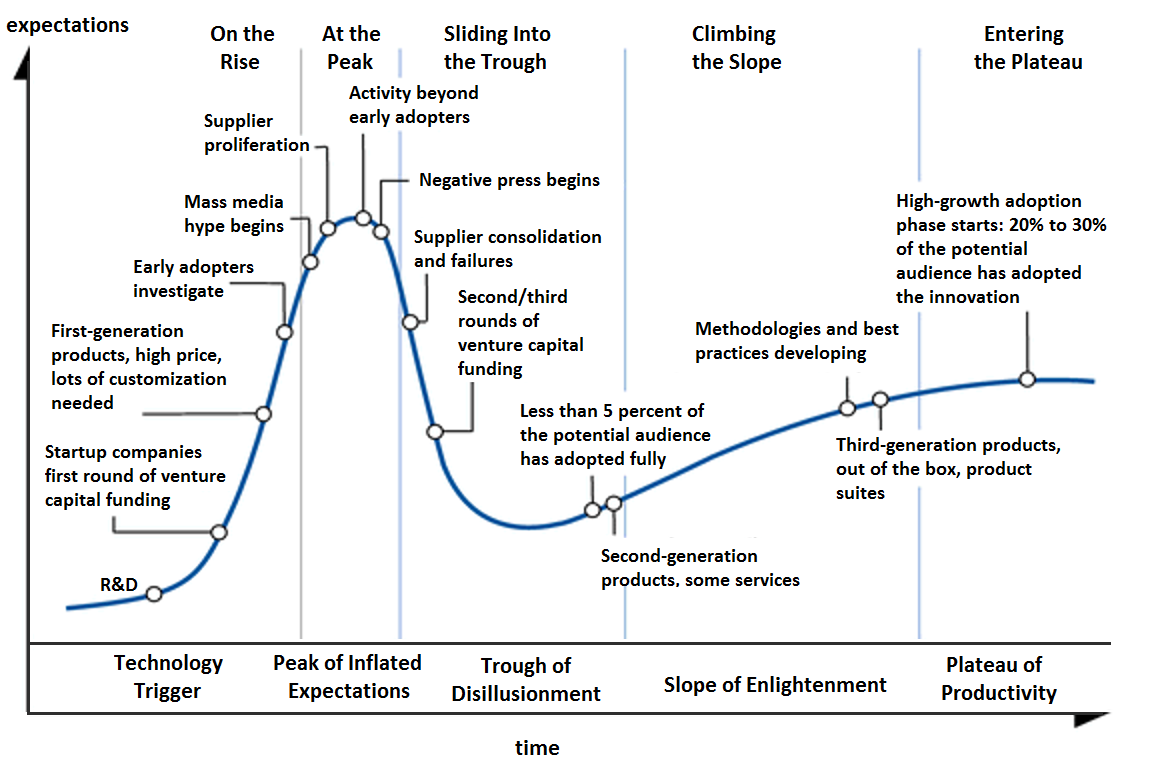As mentioned already a few times here, Blockchain is a very promising technology in particular for financial services. In a recent study the consulting firm Oliver Wyman suggests that using Blockchain, banks could save per year by 2020 between 15-20B$ in infrastructure costs.
In the recent finnovasia meeting Stephens from UBS confirmed that blockchain will bring a real disruption
But some limitation factors
This will not be achieved without using the technology at its full scale: the less native is the implementation, the more effort will be needed to ensure consistency with the existing systems. But there are some factors limiting the full adoption: some ecosystems are pretty complex. Securities for example, involves a lot of actors working together (clearer, exchanges, custodians, brokers, ...) which means that a full native implementation requires an agreement among all these actors on one standard.
Those ecosystems have been incrementally built over decades if not centuries. As described in a previous post, banks will need to define an integration strategy to gradually expand the blockchain grip.
Not a global deployment but some starting points identified
If a global deployment of such disruptive technology is quite unlikely (also due to the blooming technology offerings), in the finnovasia session about blockchain, as reported by Coindesk some starting points have been identified :
- Stephens for UBS said that blockchain will replace several hundred of internal ledgers.
- Alex Edana form WIP Solutions CEO said : "Australia will be the first market on the blockchain in three to five years," he said. "There, you only have [a small number of] banks and a couple exchanges."
This reinforcing the idea that the smaller, the easier. Small eco systems like Australia with less legacy will adopt blockchain faster.
It also shows that there is a benefit for large organizations to adopt such a technology internally in order to rationalize their internal processes. Remember that large organization do a lot of trades internally in particular between sales and trading center. Those trades are booked in each branch and need to be reconciled all time.
 |
| Hype curve @Wikipedia |
"Rome was not built in one day"






